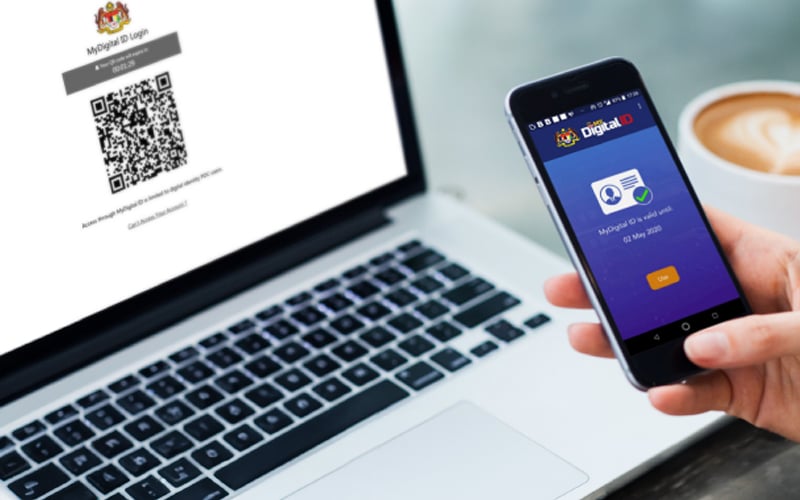
PETALING JAYA: During the tabling of the 2024 budget in October, Prime Minister Anwar Ibrahim announced that the government would expedite the development of digital IDs, in part to accelerate digital transformation in the public sector.
What exactly is a digital ID? FMT delves into how it differs from conventional IDs and its security and privacy implications.
What is a digital ID?
A digital ID stores personal details such as your name and address but, unlike traditional IDs, it is housed digitally in computers or smartphones, according to SL Rajesh, a senior fellow at the International Association for Counterterrorism and Security Professionals.
“A digital ID is like a virtual ID card you use online. It shows who you are on the internet, just like your ID card shows who you are in the real world,” he told FMT.
Amirudin Abdul Wahab, CEO of Cybersecurity Malaysia, said unlike traditional cards, digital IDS rely on digital certificates.
“Digital IDs only need a digital certificate that links a public key and an identity via a digital signature that can be widely used for various reasons instead of a physical document,” he said.
He added that the primary purpose of a digital ID is to provide a secure and quick way to prove a person’s identity, even if the person cannot provide paper documents to prove the claim.
Global examples and success stories
Reflecting on global adoption, Amirudin pointed to countries like Singapore, Indonesia, India, and Estonia as success stories in the implementation of digital IDs.
He noted that 95% of people in Indonesia possess e-KTP (Kartu Tanda Penduduk Elektronik) cards, while India boasts a 96% registration rate for its biometric ID system.
“Every country’s scenario is distinct, necessitating tailored approaches to digital IDs based on their unique challenges and needs,” he said.
Protecting your identity in the digital world
As for safeguarding digital identities, Rajesh and Amirudin stressed on the importance of robust security measures.
“Integrating biometric authentication and multi-factor authentication significantly heightens security,” Rajesh said.
These measures include using fingerprints, facial recognition, passwords, and SMS codes to prevent unauthorised access and data breaches.
Understanding the safety and privacy of your digital ID
Addressing privacy concerns is also crucial. Digital IDs, which are susceptible to cyberattacks, require careful handling in terms of personal data and identity protection.
Amirudin advised the public to be vigilant, recommending strong passwords and prudent information sharing.
“Only share your digital ID with trusted organisations, be careful about the information you share online, use strong passwords and security settings, and review the privacy policies of the companies and organisations that issue digital IDs,” he said.
Meanwhile, Rajesh emphasised the need for user consent management in digital ID systems, ensuring that individuals have control over their data.
“Governments should be transparent about data usage, allowing users to opt in or out of data sharing and to withdraw consent if desired,” he added. - FMT



No comments:
Post a Comment
Note: Only a member of this blog may post a comment.